Red Star Column | Buwu: Blowing out of the sand and starting to gold
Author:Red Star News Time:2022.06.14
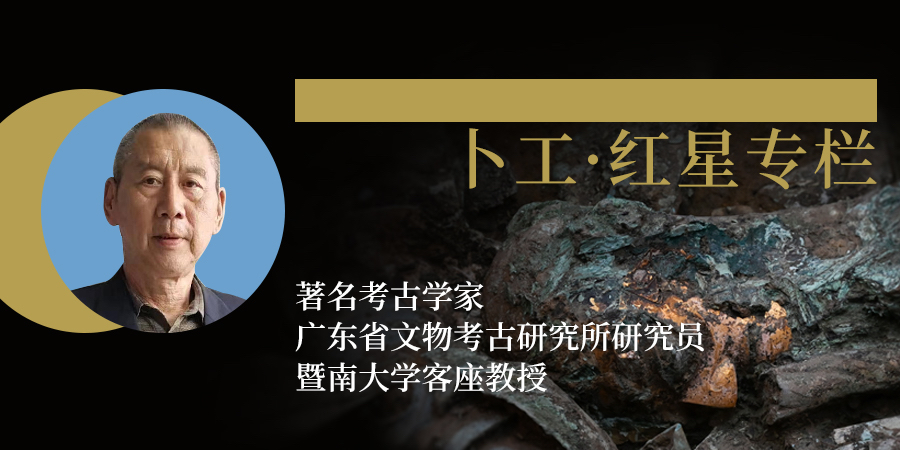
Blowing out the crazy sand to start to gold
Text/Buker
CCTV's main station live broadcast on the Sanxingdui site's seventh and 8th sacrifice pit, and once again focused on the eyes of the world in ancient Shu civilization. The dazzling ancient Shu bronze ware, the shape of the beast that has known each other, the eye -catching bronze human hair style, the endless grid of the grid, fully show the extensiveness, mysterious, and ethereal style of the ancient Shu civilization; , Exhausting and exploring the feelings of pursuit.
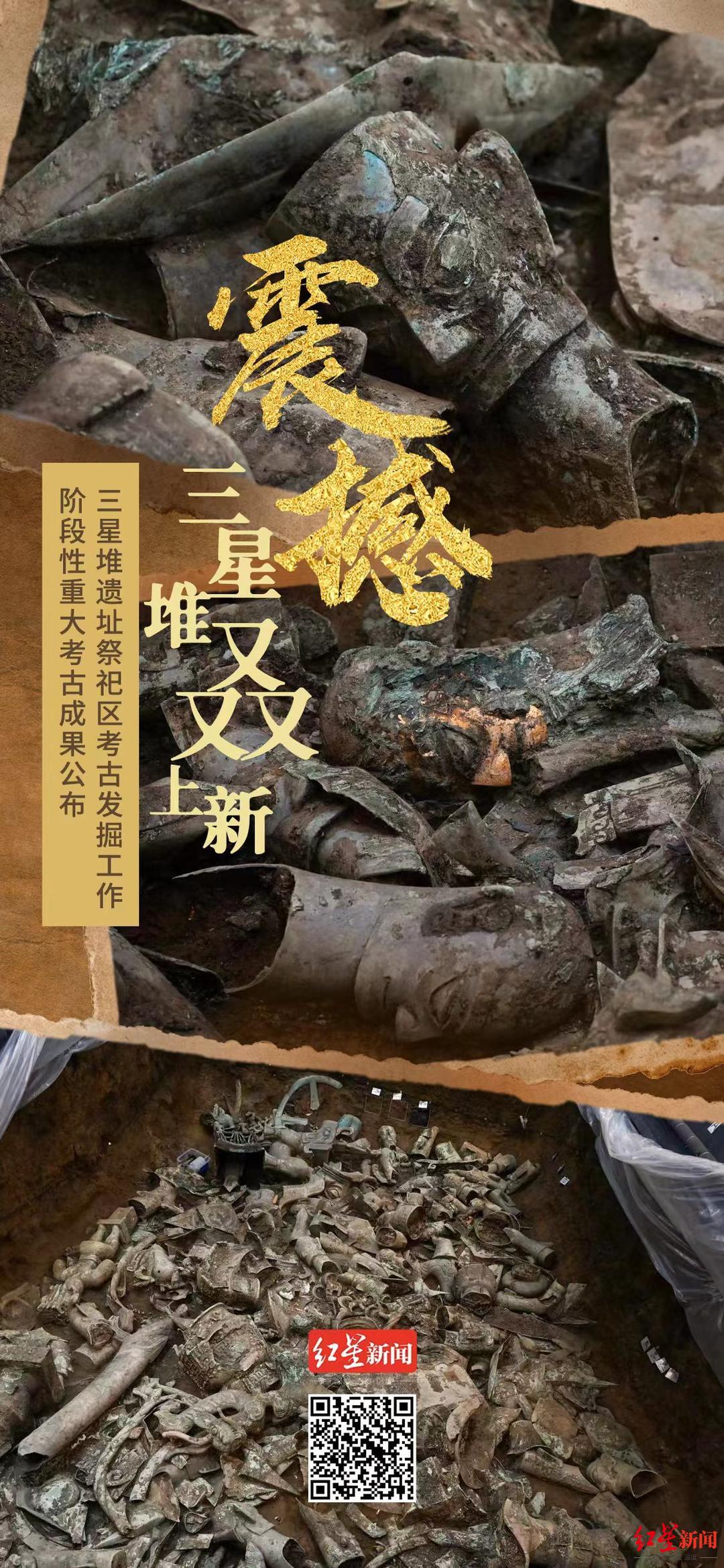
No. 8 pit is exciting
This pit is the largest in the eight sacrifice pit of Samsung Dou. Since the excavation, people have been full of hope for them. It really lives up to expectations, from ivory to copper avatar, it is likely to exceed No. 2 pits. And the information content has new features compared to other sacrifice pits.
The complicated altar is refreshing. This national treasure -level key cultural relics have emerged from the pit as early as July last year, but the fine cultivation of archeological excavations requires patience because its structure is too complicated. The position close to the surface is the ashes layer, and there are many braised soil blocks and charcoal in the ashes layer. The braised soil block itself is particularly hard, and it is harder after drying, which brings difficulty to fine excavations. Although the main body of the altar exposed in the pit is still incomplete, it can be seen that its structure is roughly divided into three parts. The bottom is a square table group. There are 12 villains on the square table. , Different actions and costumes. Some are kneeling, facing face, and holding their hands with a grip; there is a sitting person in the middle of each side, and the hairstyle and the clothes on their bodies are very special; there are 4 people kneeling on the pillars, and the muscle lines are obviously obvious. , Very strong look. They carried things like sedan seeds, carried the little beasts on it, and the little beast was still riding people. In addition, there is another person kneeling between the tail of the little beast and between the tibia, but the person is broken from the waist.
It is said that the "lower body" exposed in the pit in the pit is about 90 cm high. As for its "upper body", it has not yet been seen. It is estimated that its complete height should be above 1.55 meters. The altar of the 8th pit is much larger and larger than the pits on the 2nd of 1986. The latter is only 60 cm after the complete recovery, which is far from 1.55 meters. The beast on it is less than 10 cm tall; the beast on the 8th pit altar is about 20 cm. The information content of the two is even more important.

Archaeologists are excavating the altar
The altar is the wisdom crystal that integrates the ancient Shu thought system, material culture and system. It is the root of the soul and civilization of ancient Shu. It is very important and precious. Letting the altar speak open is obviously a key major topic to promote the in -depth research of ancient Shu civilization.
The beast that seemed to have known each other made people think of it. There are at least two beasts of the eight pits. One is located next to the altar, and the other is above the altar. The former's thick four legs, the fracture in the mouth, and the big ears of the shoulders are very similar to the people who are commonplace. If the waist of this device still has some artistic processing ingredients, then the beasts that are carried on the altar can assert that the elephant's body can be asserted. Perhaps the former is more accurate, and the latter is the elephant in life. Of course, the correct understanding needs to be fully repaired and sorted out. A large number of ivory of Sanxingdui and Sands are unearthed. It has long foreshadows the incomprehension of the ancient Shu ancestors and elephants. Essence
Why do you think of a major elephant? Some media have summarized the unearthed utensils of the No. 2 pit as a schematic diagram of the ancient Shu Fang. This is a in -depth study of the ancient Chinese ceremony system. But unfortunately, the No. 2 pit did not unearthed the relics related to elephants. Nowadays, the appearance of bronze instrument elephants in the 8th pit has a reason to further confirm that the ancient Shuyi battle system that is around 3300 years has already used instruments. And this is the distinctive feature of the big driving book system. The bronze elephant unearthed in the early years of the early tombs of Baoji Rujiazhuang in Shaanxi. Its geographical location is approaching from the north exit of Chen Cangdao. It can be seen that the millennium Shu Road is a natural channel for civilized communication, and it is also the only way for elephants to come out of Sichuan. In the first 316 years of the park, Sima misunderstood Shu and later entered Qin. The political, material and ideological heritage of Gu Shu was fully inherited by Qin culture. Therefore, Gu Shu's ceremonial system was advanced into the Central Plains, driven by the promotion of the Great Qin Empire, which is most likely the pioneer of the big driving book system. Therefore, the category of bronze instrumentation is very important for the source of exploring the honor system, and it has a great potential to move the whole body. Therefore, elephant relics are of extraordinary significance, which can be called the key to decrypting the ancient Shu system.
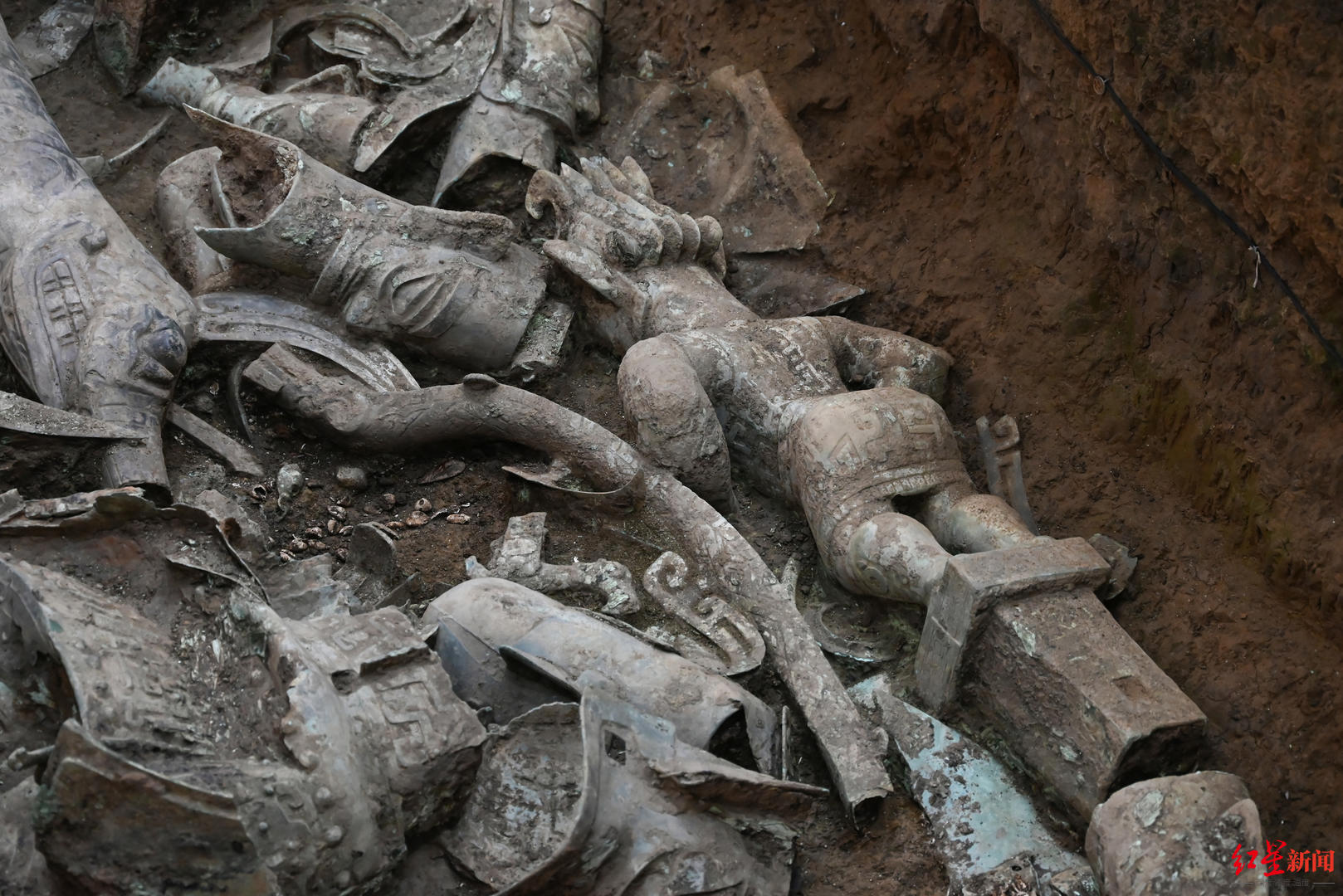
Bronze stands just by the back and attracts attention
Bronze back brings endless expectations. The figures of the No. 8 pit are the largest in the altar, but the bronze close to the edge of the pit is more noticeable. The live broadcast can only see its back. The back of the shape is very powerful: wide shoulders, narrow waist, thick arms, straight back, well -developed hip muscles, and a pair of strong calves and belly. It is amazing that he is well -dressed in modern aesthetics. The matching of tight, off -shoulders, vests+skirts shows the plump and healthy of his body lines. The skirt is engraved with an elegant "hook moisture", and the vest covered with soil also has faintly distinguished patterns.
Then his hair curly style is also attractive. In Sanxingdui, the hair style of bronze portraits is often the basis for distinguishing their gender and occupation. The study of the avatar of the number 2 of the pits showed that: male braid hair (pits No. 2), Pan hair (pits 2), curls (pits 1), and hair (4 pits) are available, but the number is Obviously the difference; women are vertebral or wearing a hat (pit No. 2). The hair of this bronze is divided into five crickets, and the top of the head is slightly bent forward. Similar to the kneeling small copper people unearthed in the pits of No. 1 in 1986, it belongs to the type of curly hair and is a hair accessory with distinctive professional characteristics. As far as its costumes are concerned, it seems to be unsatisfactory to the social groups such as hosting military administration, as well as social groups that control religion and sacrifice affairs. It is like a cooking chef, which is likely to be related to the altar sacrifice activities. It can be seen that each sacrifice pit in Sanxingdui is a relatively independent space, relatively independent scenes, and relatively independent subsystems. They each tell their own stories, and the combination is combined to interpret the nature of Wangcheng. No. 7 Pit again adds to the space again
As early as the live broadcast of last September, the "turtle -back grid" has caused a small sensation. It just showed a small part, and some netizens joked that it was like a "barbecue rack". Experts also guessed: Will there be four brackets under this utensil?
First of all, it has two sides. There are two bronze grids that are basically consistent with the same size, and the two bronze grids are coordinated at the bottom, and the door embolism is locked. Although this "door embolism" "The status quo is a bit broken, but it can still be judged its original role. Secondly, its "four corners" have no brackets, but four faucet -shaped decorations. The direction is unanimous, and the faucet rises up. More strange details are more than that. Above the two bronze grids, two copper "ribbons" are tied to, is it used to tie the two grids together and hang somewhere? Or just add it as a decoration, isn't it really stressed, but just let it hang down naturally? These possibilities see wisdom, let the conjecture.
"Turtle -shaped grid", which was called "barbecue rack" by netizens
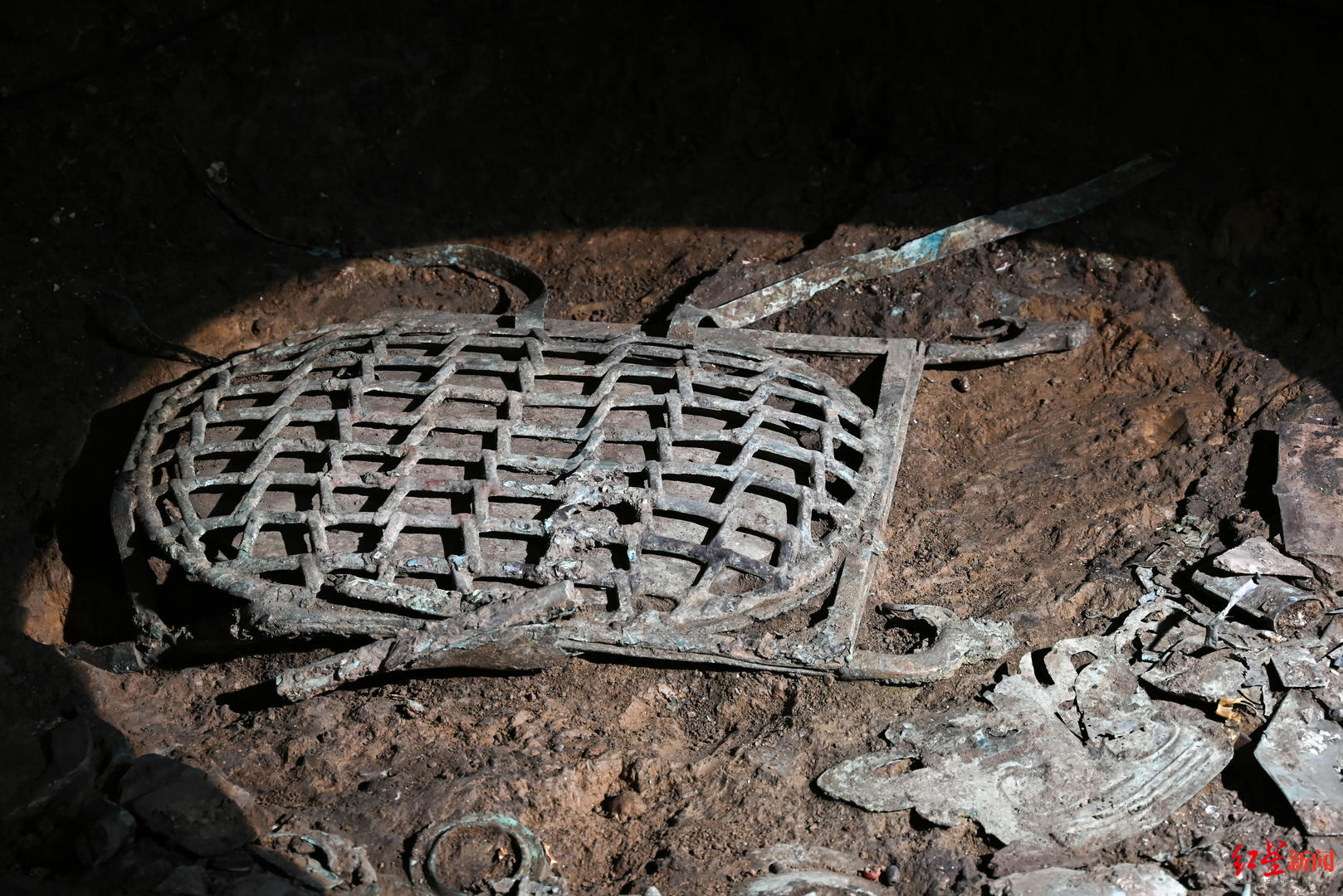
In the history of Chinese archeology, there is no one of the millions of bronze wares that can be compared with a grid. Therefore, this device naturally becomes a unique orphan in Shang and Zhou Bronze. This is undoubtedly the attractive charm of ancient Shu civilization. Of course, the current work is only a stage of excavation at the archeological site. I believe that after careful repair and sorting information, I realize that there can be a breakthrough.
New discovery promotes new thinking
Today's Chinese archeology has stood at the second century -old historical starting point. Experience shows that the advancement of iconic events and methodology is not only the basis of the discipline staging, but also the driving force for development. The new method must be released in the new stage is the normal state of Chinese archeology. The live broadcast of the No. 78 pit once again shows that the in -depth research of ancient Shu civilization must innovate and develop new methods.
At present, the research of panoramic, three -dimensional, and multi -dimensional Chinese civilization has mentioned the task of activating historical scenes to important positions. The multiple live broadcasts of CCTV's major excavations on Sanxingdui show that the concepts, methods and cross -border fusion functions of archeological informatics must be the leading force to promote in -depth research and the basic method of exploring cutting -edge theory. In essence, archeology is a discipline of discovering, extracting and studying the historical information of ancient relics. In other words, observing archeological relics, observing archeological theories, and observing disciplines in accordance with the laws of archeological information research are new development concepts stipulated in the times. In today's archeological research, the competition is excellent, advanced and scientific of the method concept, not just the possession of data.
Sanxingdui archeological excavation site
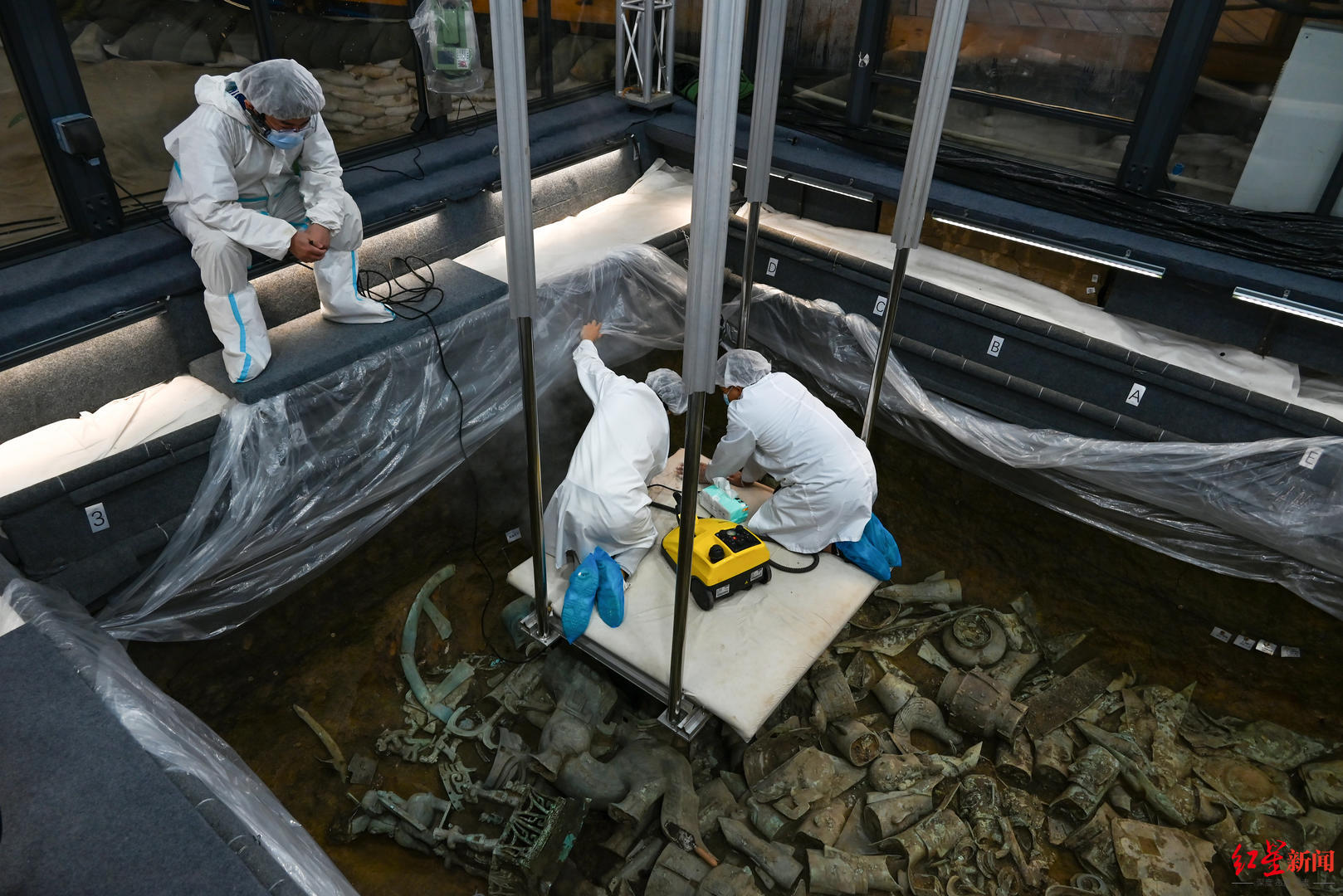
The ability to perceive the archeological information, the ability to distinguish, the ability to distinguish, integration, and editing often restrict the imagination, judgment and creativity of research. Archaeological layers and types are the foundation of information perception. Applying theory's scientific and technological archeology, experimental archeology to improve the ability to distinguish archeological information. In addition, utensil function, utensil combination, utensil section, number of utensils, and those such as sequential and logical relationships are indispensable factor in information integration. They have the same status and significant significance. It can be described as damaged, and all honors are all glorious.
Information editing ability is a new requirement given by the times. High -tech such as animation and VR has become an important means of expressive results, improvement effects, and promotion and communication. In the process of information editing, it is necessary to bid farewell to the "split" research method that is commonly used in the museum array, because the research on the research of some kind of single -quality utensils in isolation and still ignores the information connection, which is not good for information integration; The specific age is not suitable. Like the gathering of a large amount of durable products in Sanxingdui sacrifice pits, it is likely that it is not a simple era. In the recovery process of the scene, the significance of co -term features and the significance of the plane layout is more critical information, and sometimes even decisive significance.
In the in -depth study of ancient Shu civilization, the integration of information, focusing on logical reasoning, advocating bold assumptions to verify, emphasizing information transformation, and more sensitive concepts of digital information have become more and more valued.It is compatible with the development of science and technology and has a distinctive characteristics of advancing with the times.Of course, in the research of archeological information, the information of layers is equally important as the type of utensil type.The amount of information of the latter is obviously richer, but many information can be compressed. You can use different information to depict the same thing. You can also use as little information as possible to depict the main features of a thing, for example, for the sacrifice pit of Samsung Dou,The summary and expression of theme consciousness is an important principle of archeological information.In short, archeological information research and high -tech of modern society will be used to show their skills in archeological excavations and research.I am looking forward to the new information of Sanxingdui sacrifice pit early.
(Edit Duan Xueying)
- END -
Shandong's 81 -year -old grandfather online science popularization and New Oriental bilingual with goods. What is the difference between cultural people to open live broadcasts?
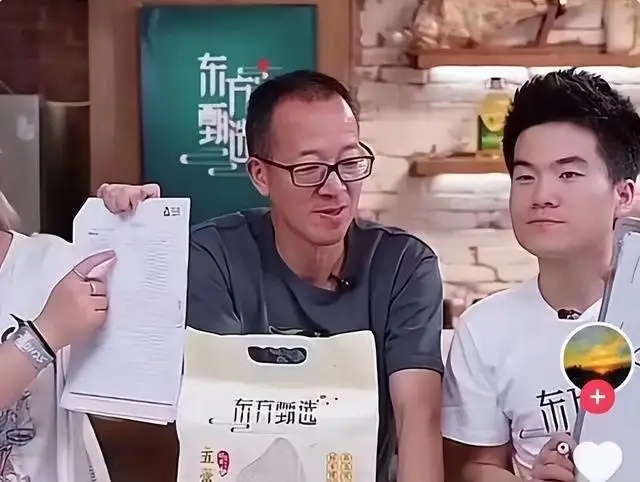
Everyone entered this live room in the early morning of June, watching the anchor'...
[Qinghai Online Network · Prose] My "World"
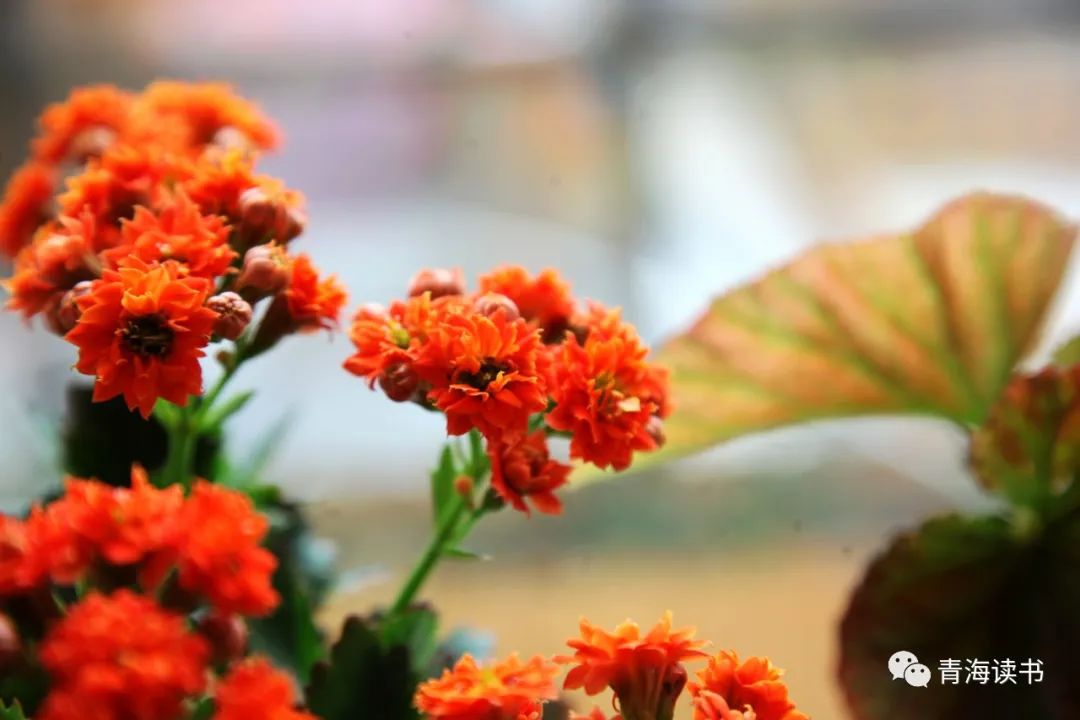
——Whow this article pays tribute to the yearsRecently, the TV series The World w...